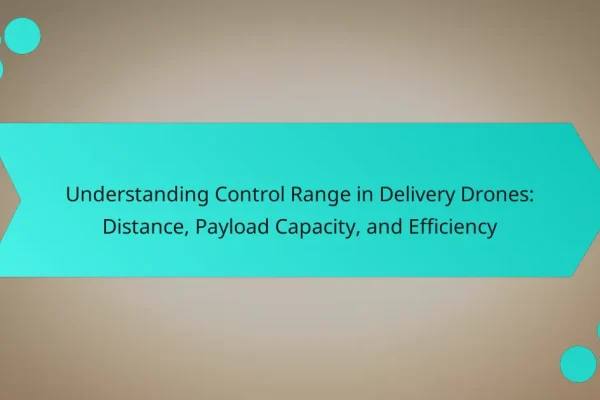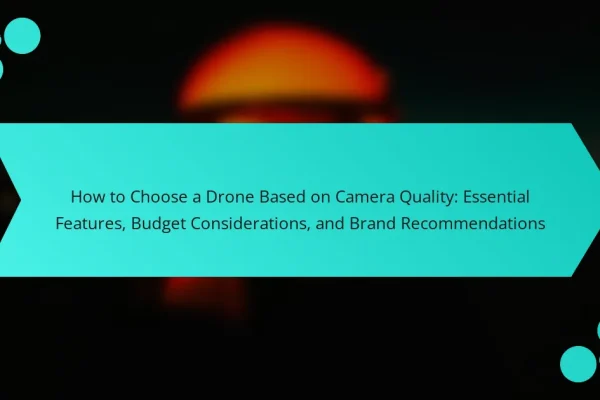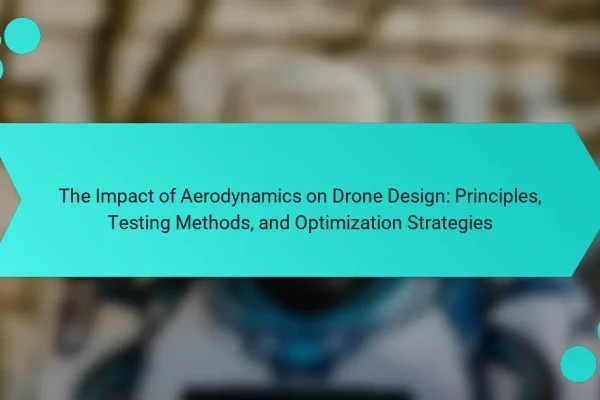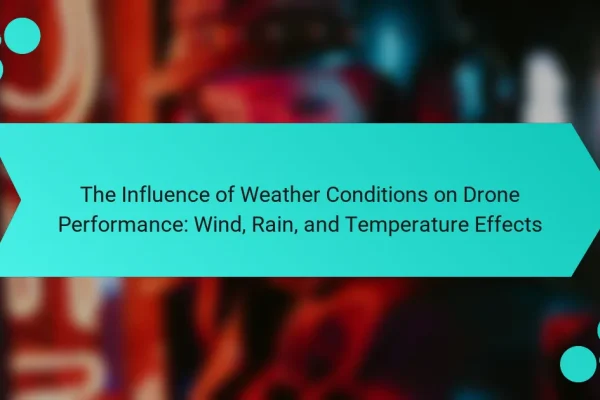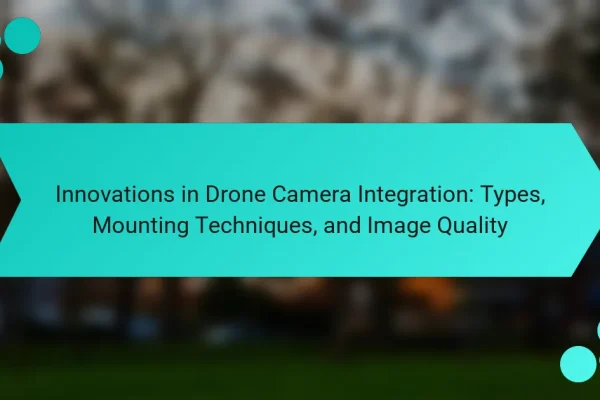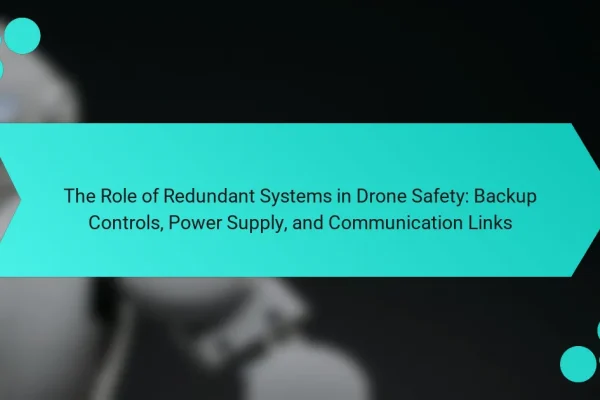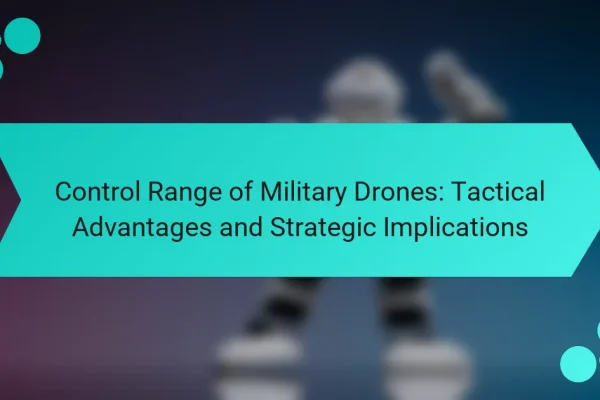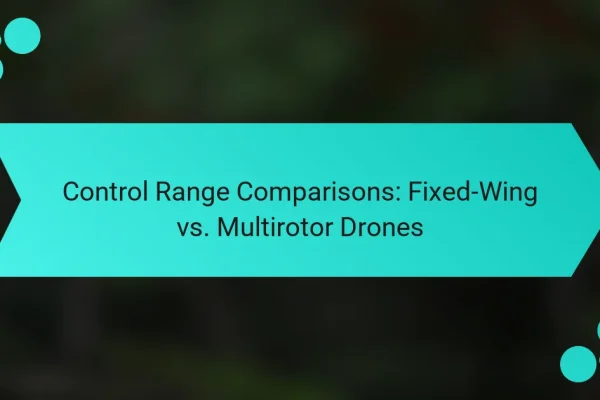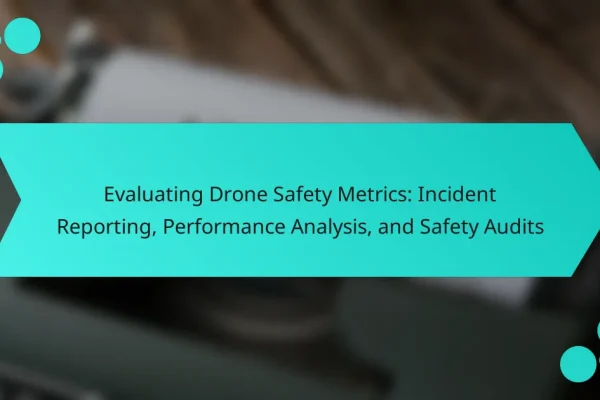
Evaluating Drone Safety Metrics: Incident Reporting, Performance Analysis, and Safety Audits
What are Drone Safety Metrics? Drone safety metrics are quantitative measures used to assess the safety performance of drone operations. These metrics include incident reporting rates, compliance with regulations, and performance analysis data. They help identify trends and potential risks in drone activities. For instance, the Federal Aviation Administration (FAA) emphasizes the importance of reporting…
